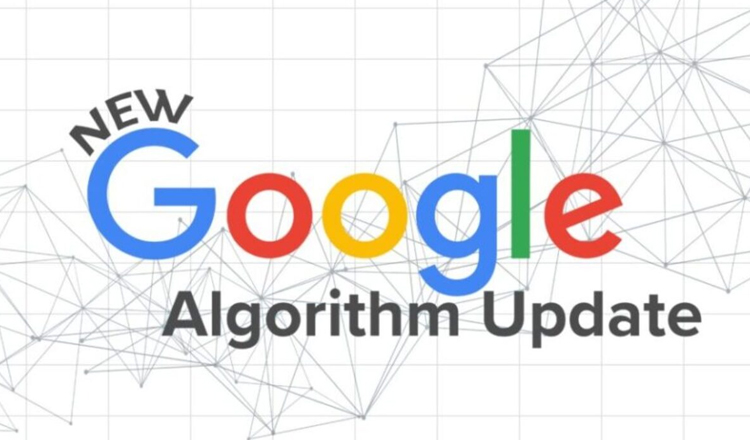Google give a code named “Google Penguin” to its algorithm update which was announced on April 24, 2012. This update was aimed to decrease the ranking of websites that are not following Google’s Webmaster Guidelines or violating them.This is mainly for websites which are using Black-hat SEO techniques, such as websites using keyword stuffing,websites which are participating in link schemes, websites using cloaking, deliberatecreation of duplicate content and many others.
Penguin update started its working on April 24, 2012 but Google officially announced its name after two days. Penguin update affected 3.1% of search queries in English, about 3% queries of language like German, Chinese, Arabic and many others which are from “highly-spammed” language.
On May 25, 2012 Google unveiled the latest Penguin update called Penguin 1.1. According toMatt Cutts, it was supposed to affect less than one-tenth of a percent of English searches. The main principle behind this update was to penalizewebsites which are using manipulative techniques to achieve high ranking.Penguin 3 was released on Oct. 5, 2012 which affected 0.3% of queries.

Major Difference between GooglePenguin and Previous Updates:
A series of updates called Google Panda which was first appeared in February 2011 was released by Google before Penguin. The main aim behind Panda update was to downrank websites that were providing poor user experience i.e. BAD Content. Google Panda updates follow the logic by which Google’s human quality rates determine a website’s quality.
In January 2012, “Page Layout Algorithm Update” was released that targets websites with “Little Content Above the Fold”.
The overall goal that Panda, Penguin, and Page Layout Update lead is to display higher quality websites at the top of Google’s search results.
Penguin Feedback Form:
Google prepared a feedback form for users. That is of two types:
- First to report “webspam”. This form is for those users who want to report that any webspam is still ranking high.
- The second form is for users who think that their site is unfairly hit by the update. There is one more form known as reconsideration form with the help of Google Webmaster Tools which is for the 700,000 sites who received an email stating their sites demonstrated unusual linking.
Some tips for a website to recover from Penguin Update:
- “Delete” Bad links: Find out the links that you think are bad for your site and delete them if it is possible.
- Destroy: If there are any bad links that are pointing to your internal page or pages – and not your home page – then you need to delete those pages so that they can produce a 404 error. This will lead you to start fresh content and also avoid the penalty of bad links. And if there are so many bad links to your home page then you need to consider completely your current site and domains and start over somewhere else.
- Dilute: Dilute your bad links by getting more good natural links.
After all, you need to wait until the next “Penguin Data Refreshes” that will tell you whether your website has recovered or not.
For White Hat SEO please contact Sochtek India’s leading “SEO Company“

